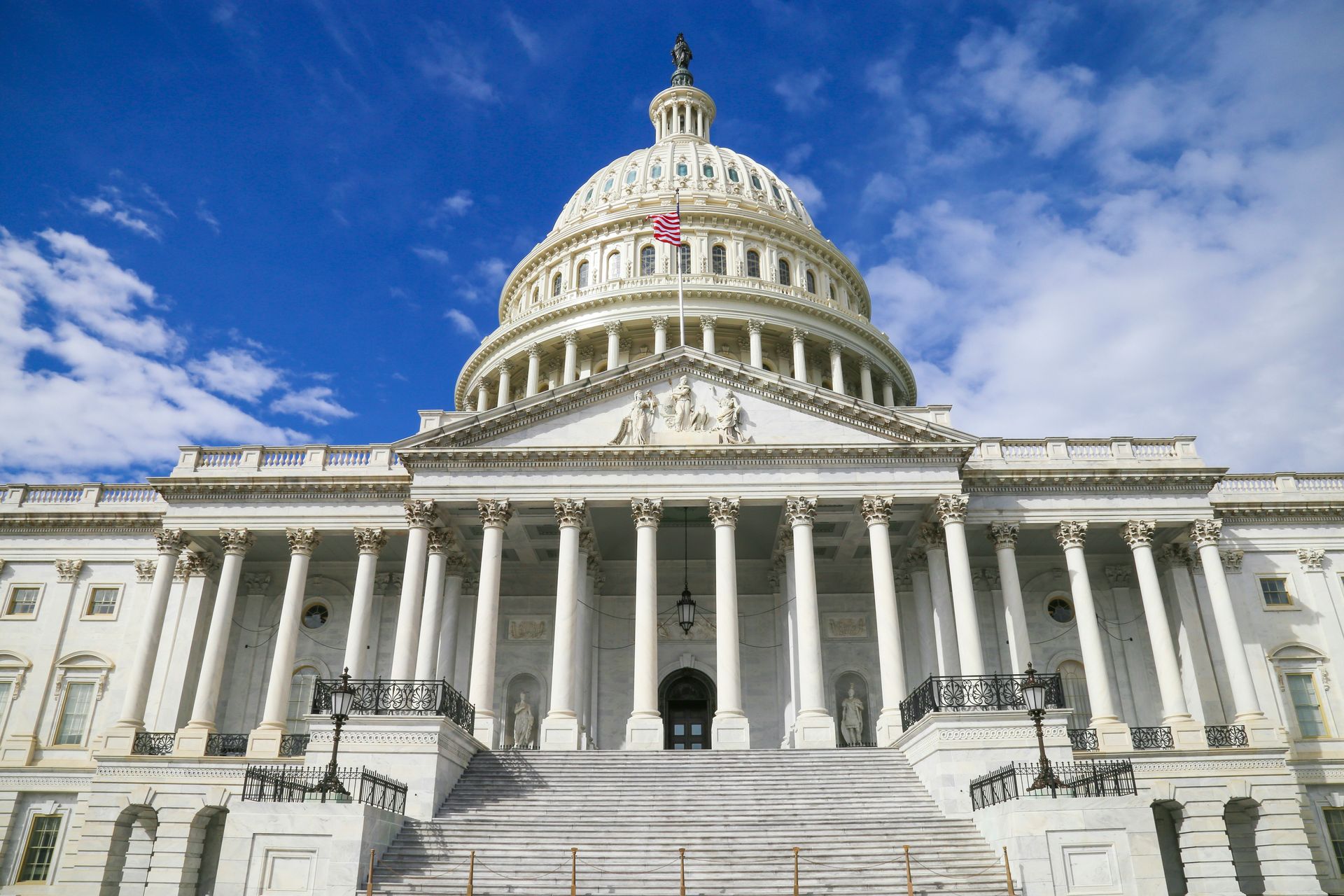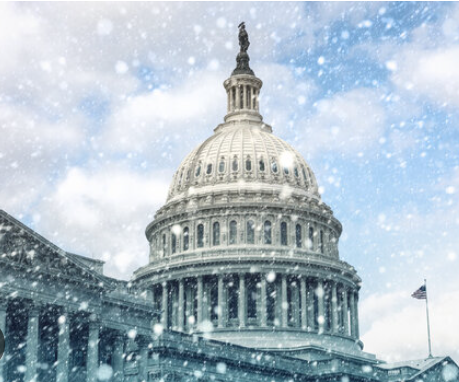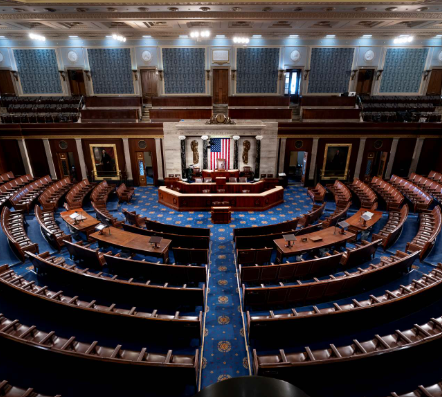Rapid Recovery Means Rapid Prototyping

Julie Frieswyk, Business Development Manager, Thomas P. Miller & Associates
The “New Normal”
The days of annually, or even quarterly, sitting around a boardroom to envision what might be the next big thing for improving communities are long gone. The world we find ourselves immersed in today is highly pressurized in a way that the leaders of just a decade ago might not recognize.
With rapidly rising costs of basic living expenses like housing, healthcare, and childcare intensified by the complications associated with the COVID-19 pandemic and geopolitical events, workforce development boards (WDBs) and employers alike critically need to innovate in their approaches to planning for a rapidly changing world.
Social Entrepreneurship in Workforce Development
While many people in the world of workforce development might not identify as social entrepreneurs, there are several points to prove that they are in fact social intrapreneurs that have immense operating power to move the needle in improving the lives of everyday Americans. Social entrepreneurship can be defined as “the process of creating, delivering, and capturing value from new ideas for the primary purpose of making a positive social impact.” These “new ideas” are far more reaching than simply founding a new nonprofit or charity, and include development of new:
· procedures
· policies
· legislation
· programs
· approaches
· perspectives
WDBs nationwide play a crucial role in envisioning how employers, the government and education institutions interact with and influence the lives of individuals and families in America. They help to envision, plan, and then build new systems and approaches that have the potential to alleviate suffering and bring abundance and joy into the lives of everyday people.
Workforce Innovation
According to this Harvard Business Review article, a culture conducive to innovation is not only good for a company (or community’s) bottom line, but also generally depicted as fun with a tolerance for failure, experimentation, psychological safety, and collaboration. Experimentation may feel risky when dealing with government funding and the livelihoods of American citizens, however with rapidly evolving technology and shifting workforce demographics, we are ripe for shifts in our approaches to training, and to providing access to employment and wage growth to populations in need.
Sprinting to a Better Tomorrow
One approachable way for WDBs and their sector partners to work in a more experimental way, is through rapid prototyping of programs. We often think of prototyping in the case of engineers creating a tangible product, but when we think of our outputs in workforce development, these “products” or services, may already be needing retooling and change by the time they are developed and delivered. As a nation we cannot move through these longer cycles and so to respond to rapid recovery and beyond, we can participate in regular “design sprints” where diverse teams representative of all players in the community (workers, government, education, and private industry alike) can together envision all possibilities around a framed problem. Data, plans, and current events provide context to teams who use divergent thinking to brainstorm in all possible directions without constraint. This is how all the best and at times, seemingly “wild” or “experimental”, ideas are found. (Hint: these are the ideas that will move the needle.)
Once teams have a plethora of ideas to consider, converging around the grounded realities of the situation come into play. From here, these communities can start to design experiments to validate or invalidate their assumptions and ideas before rolling out entirely new programs. This is the same process that entrepreneurs use when developing new products, services, or entire companies.
There is no better or more opportune time in our great nation to combine our newfound abundance in data with the resounding striving to meet the needs of all players in the workforce and greater economy. As the economist John Maynard Keynes once shared, “Successful investing is anticipating the anticipations of others”. We know that now is the time of the worker, and we have ample opportunity to make our systems and economies into wins for all participants through entrepreneurial thinking and a focus on possibilities.
Referenced:
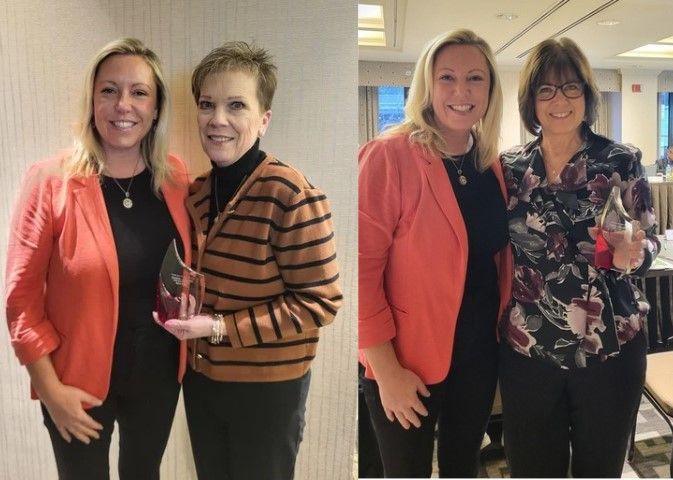
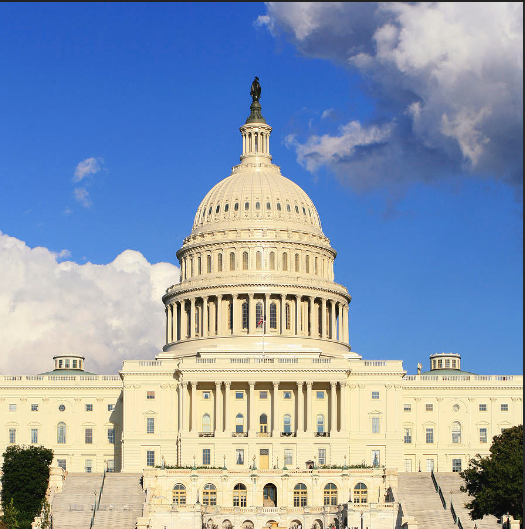
National Association of Workforce Boards | All Rights Reserved |
Created by Olive + Ash.
Managed by Olive Street Design.


